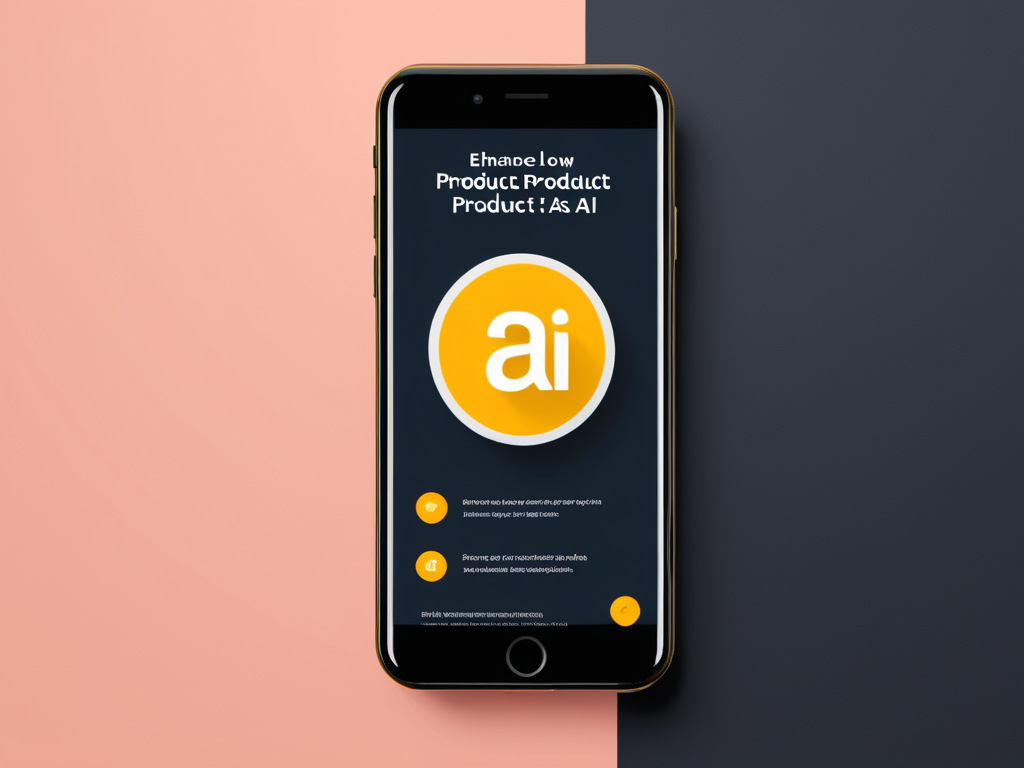Enhance Low-Res Product Pics with AI: A Free Guide

Improving Low-Resolution Product Images with AI: A Step-by-Step Guide to Using Free Upscaling Tools
In today’s digital age, high-quality images are crucial for e-commerce businesses, marketers, and photographers. However, not all products have high-resolution images available, which can negatively impact online sales and brand reputation. Fortunately, artificial intelligence (AI) has revolutionized image processing, making it possible to upscale low-resolution product images using free tools.
This blog post will guide you through the process of improving low-resolution product images with AI using free upscaling tools. We’ll explore the benefits and limitations of AI upscaling, provide step-by-step instructions for using popular tools like Topaz Labs’ Gigapixel AI and Prisma, and discuss best practices for achieving optimal results.
Benefits of AI Upscaling
Before diving into the guide, let’s discuss the benefits of AI upscaling:
- Improved image quality: AI can enhance low-resolution images by increasing their resolution, reducing noise, and improving color accuracy.
- Increased online sales: High-quality product images can boost conversions and drive more sales.
- Enhanced brand reputation: Professional-looking product images can help establish trust with customers and improve brand credibility.
Limitations of AI Upscaling
While AI upscaling is a powerful tool, it’s essential to understand its limitations:
- Quality degradation: Over-processing or aggressive upscaling can lead to quality loss and artifacts.
- Computational resources: AI upscaling requires significant computational power, which can be a challenge for resource-constrained devices.
Step-by-Step Guide to Using Free Upscaling Tools
1. Topaz Labs’ Gigapixel AI
Topaz Labs’ Gigapixel AI is a popular choice for upscaling images due to its ease of use and impressive results.
- Download and install the software from www.topazlabs.com.
- Open the image: Select the low-resolution product image you want to upscale.
- Adjust settings: Experiment with different settings, such as the upscaling factor (2x, 4x, or 6x) and noise reduction.
- Process the image: Click “Apply” to begin the upscaling process.
Example: Let’s say we have a low-resolution product image of a smartphone with a resolution of 1024 x 768 pixels. We can use Gigapixel AI to upscale it to 4096 x 3072 pixels while reducing noise and improving color accuracy.
2. Prisma
Prisma is another user-friendly tool that uses AI to upscale images while preserving their artistic style.
- Download and install the app from www.prisma.ai.
- Open the image: Select the low-resolution product image you want to upscale.
- Adjust settings: Experiment with different styles, such as “Artistic” or “Sketchy.”
- Process the image: Tap “Next” to begin the upscaling process.
Example: Suppose we have a low-resolution product image of a watch with a resolution of 800 x 600 pixels. We can use Prisma to upscale it to 2048 x 1536 pixels while applying an artistic style.
Best Practices for Achieving Optimal Results
To get the most out of AI upscaling, follow these best practices:
- Use high-quality input images: The better the original image, the better the results will be.
- Experiment with settings: Find the optimal balance between upscaling factor and noise reduction.
- Avoid over-processing: Be cautious not to overscale or over-process the image, as this can lead to quality loss.
Conclusion
Improving low-resolution product images with AI is a straightforward process that requires minimal technical expertise. By following the step-by-step guide outlined above and using free upscaling tools like Topaz Labs’ Gigapixel AI and Prisma, you can enhance the visual appeal of your products and drive more sales online. Remember to experiment with different settings and styles to achieve optimal results, and always keep in mind the limitations of AI upscaling.
In conclusion, AI-powered image processing has revolutionized the way we handle low-resolution product images. With the right tools and techniques, you can transform mediocre images into high-quality visual assets that drive sales and enhance your brand reputation.
About Matthew Pereira
Hi, I'm Matthew Pereira. With a passion for AI-powered photography tools, I help creators unlock their visual potential at gophotos.com. 5+ years of experience in editing and content strategy brings me to the forefront of innovative image solutions.
